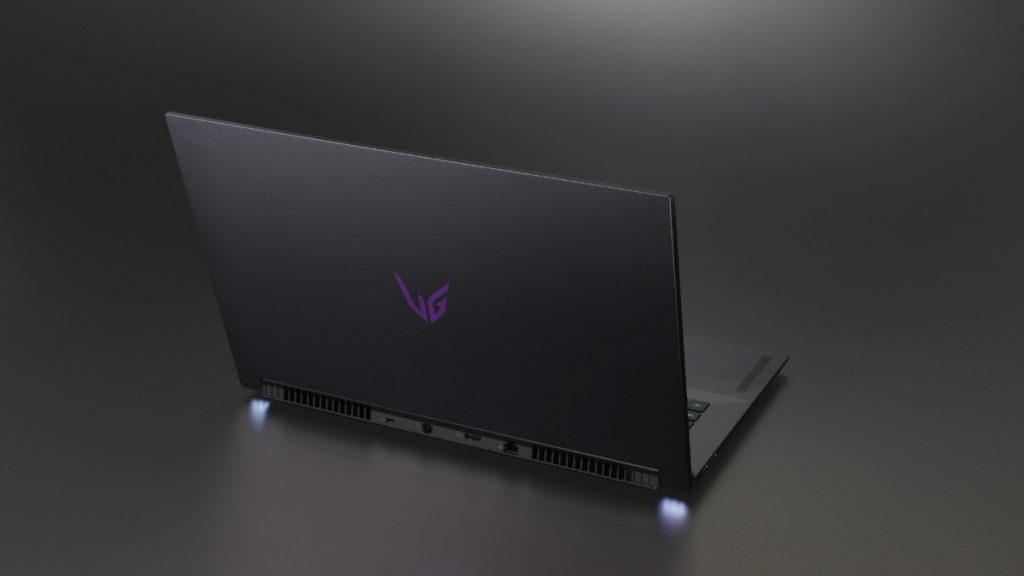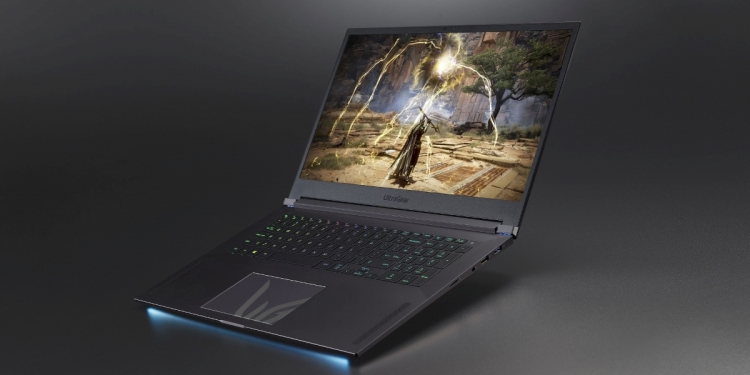LG are continuing to tease more and more products in the lead up to their CES 2022 virtual press conference. Having already announced a smart TV on a stick and a ridiculous looking 16:18 monitor, the South Korean giants have now revealed their first ever gaming laptop, the LG UltraGear 17G90Q.
They’ve always made laptops of course, with the LG Gram lineup of super thin and light productivity devices being their most well-known. The UltraGear 17G90Q though marks a huge turn away from that, packing some serious hardware into a chassis that’s just under 21.4mm thick. It’ll come with 11th Gen Intel Core H-series processors, with up to 32GB of RAM and dual NVMe SSD slots. LG are also putting an NVIDIA GeForce RTX 3080 graphics card it in, though judging from them calling it a Max-Q GPU, it’ll likely have a TDP lower than your average beefy gaming laptop.

It’s screen though will likely make your gaming monitor look mediocre in comparison. The LG UltraGear 17G90Q comes with a 17.3-inch, FHD IPS display capable of a refresh rate of 300Hz. You’re also looking at a mere 1ms response time, while colour reproduction ought to be solid too with a 99% coverage of the sRGB colour gamut. Meanwhile, you’ll also find a fingerprint reader on the power button for biometric security.
Elsewhere, you’ll find a 93Whr battery powering the device, while the keyboard also comes with per-key RGB lighting for all your gamer aesthetic needs. The I/O on the UltraGear 17G90Q seems fairly reasonable too, with a USB 4 Gen3x2 Type C port, a USB 3.2 Gen2x1 Type C port, two USB 3.2 Gen2x1 Type A ports, a HDMI port, a 3.5mm audio jack, an Ethernet port as well as a microSD card slot. Other features of note include WiFi 6E support, a FHD webcam and a IR camera as well as an 8W stereo speaker setup with DTS X Ultra tuning.
It’s certainly a big departure from their Gram lineup, seeing as the UltraGear 17G90Q weighs in at 2.64kg. There’s so far no word just yet on the final price tag of the laptop, but LG says it’ll be available first in the US and in South Korea from early 2022 onwards, with other markets to follow. They’ll also be revealing more about it during their upcoming CES 2022 press conference.








